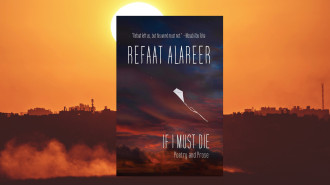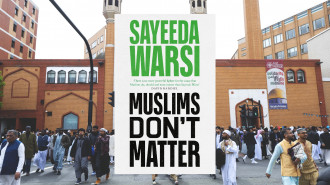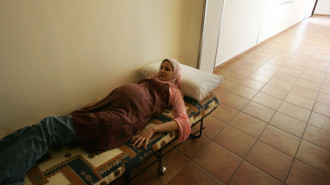
World Hijab Day: Celebrating the diversity of the hijab

I began to wear the hijab when I was around 17 years old, albeit I wore it on and off throughout my teenage years — but it was after wearing it for the month of Ramadan that I decided to keep it on.
On the contrary to what some people expect, I was the first in my immediate family to start wearing it. I attended an Islamic school for over ten years and enjoyed studying my faith.
|
|
I found Islam as a way to escape manmade expectations of what a ‘successful’ person looks like — I wanted to be successful in both this world and the next.
Having a relationship with God and working on my personal development brought me closer to prayer, and of course, when we pray, we cover our heads, further perpetuating my decision to wear the hijab full-time.
So as a British Muslim woman, working in the fashion industry and choosing to cover my head, being able to celebrate a day that cements this decision with my fellow hijab-wearing women is a beautiful feeling.
World Hijab Day was founded in 2013 by Nazma Khan and takes place in 140 countries every year on February 1. Its purpose is to educate and spread awareness on why the hijab is worn.
This year feels especially significant in light of global events spiking anti-Muslim hate crimes by 600% in the UK alone, and often, Muslim women are the ones who become the targets of these attacks because of the obvious – the hijab.
Interestingly, that’s one purpose of the hijab, for Muslims to be identified as Muslims.
As Allah says in the Quran:
“O Prophet, tell your wives and your daughters and the women of the believers to draw their cloaks close round them (when they go abroad). That will be better, so that they may be recognised and not annoyed. Allah is ever Forgiving, Merciful.” (Quran 33:59).
However, today, being recognised as a Muslim depending on your environment can either be a good thing or a bad thing for a woman in hijab.
If we take a look at the essence of the hijab, it is not the correct terminology for what we describe as a head covering. The description in the Quran is the ‘khimar’ which commonly translates into a head covering that drapes forward covering the chest.
Rather, the hijab is a concept describing a ‘barrier’ or ‘covering’ which applies to both men and women. It is used to promote modesty and can also be used to describe a veil between our world and the unseen.
But the majority of us also use the word hijab to describe what we know as the khimar.
Nevertheless, moving on from theology and philosophy... In my career as a model and advocate for modest fashion, I love to explore the different styles of how the hijab is worn within different cultures.
I feel this is an important point to recognise, as often Muslim women are attacked by our own community for not correctly wearing the hijab, not understanding that this may be according to someone else’s cultural norm.
At times this can even put off women from wearing it because of the backlash of not wearing it properly. Everyone is on their own journey and the correct information is out there, so in my opinion, it’s good practice to share the facts but allow people grace too.
Sometimes it’s pretty obvious where someone is from simply by how they style their hijab or the prints and fabrics. Celebrating the diversity of the hijab in how it’s worn all around the world, I’ve listed a few of my favourite hijab-wearing entrepreneurs and influencers with their styles:
Vivy Yusof
Her patterned, silk scarves match her bright and colourful personality; Vivy Yosef is the co-founder and creative director of FV Group, the Malaysia-based company behind modest fashion brands Duck and Lilit.
|
|
Melanie El Turk
The Queen of selling hijabs, Melanie El Turk is the CEO of Haute Hijab and has created a global community of women who share the same love for modesty and style.
|
|
Sebina Hussain
Digital Creator, Brand Consultant, CEO of Irum Atlas and mum of three, Sebina is often seen with a signature black hijab and is inspirational to follow for both her personality and fashion.
|
|
Basma K
One of the UK’s top Fashion Influencers, Basma K is an OG when it comes to styling the hijab and modest looks.
|
|
Sagal
Her distinct headwraps that sit like a crown make Sagal one to remember when it comes to discussing hijab and styling. Fashion Influencer and mother, Sagal is one to follow.
|
|
Imane Asry
If you like sleek, minimalistic and stylish, Imane is one to follow. Based in Copenhagen and Stockholm, Imane is a Style Curator and Creative Consultant.
|
|
Soha Taha
Image Consultant and Stylist, Soha’s style is luxurious and dreamy. Based in the UAE, Soha elegantly gives you all the motivation you need to get ready in the morning.
|
|
Sena Sever
Turkish Digital Creator, Sena Sever with almost 1 million followers shows you how to style the hijab in countless ways. If you’re ever stuck on ideas, head to Sena’s page.
|
|
Anisa
Cali girl Anisa gives you versatility. If you want comfy by day and glam by night, look no further. Anisa shows you how accessorising and adding personality makes an outfit.
|
|
Neelam Hakim
Rapper, Fashion Influencer and much more, Neelam is never short on hijab styles if you’re looking to switch it up! If you appreciate hats over hijabs, she’s got the looks.
|
|
Mariah Idrissi is an international model, writer, and public speaker promoting modest fashion and female empowerment. Experienced in the modelling and fashion industry, she shares her inspirational journey with others
Follow her on Instagram: @mariahidrissi
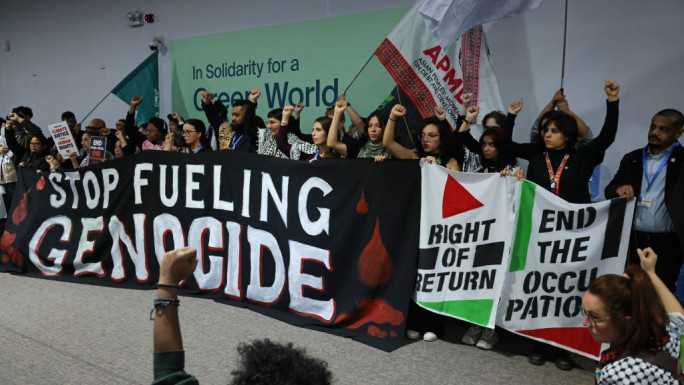

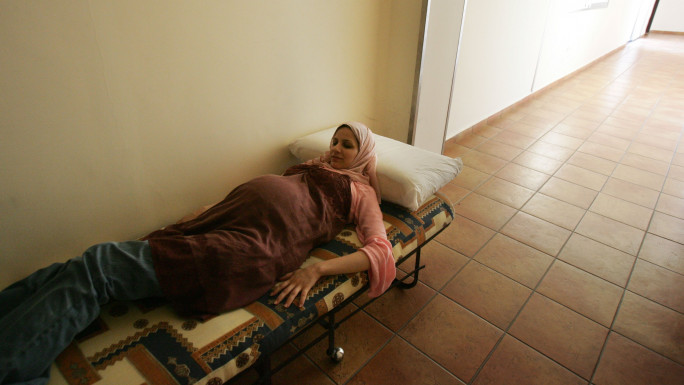
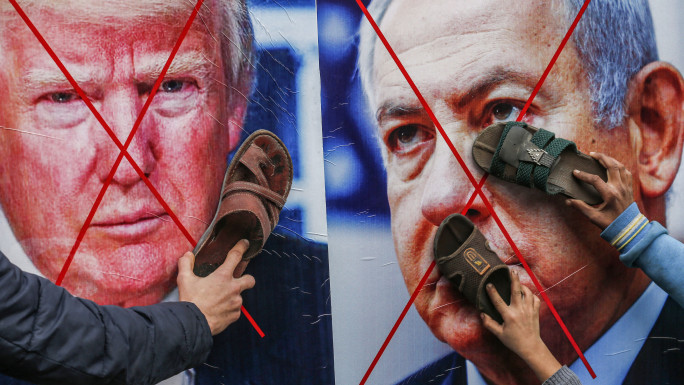
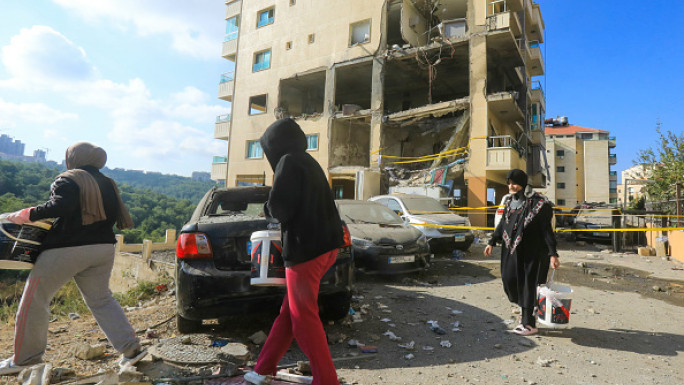
 Follow the Middle East's top stories in English at The New Arab on Google News
Follow the Middle East's top stories in English at The New Arab on Google News
